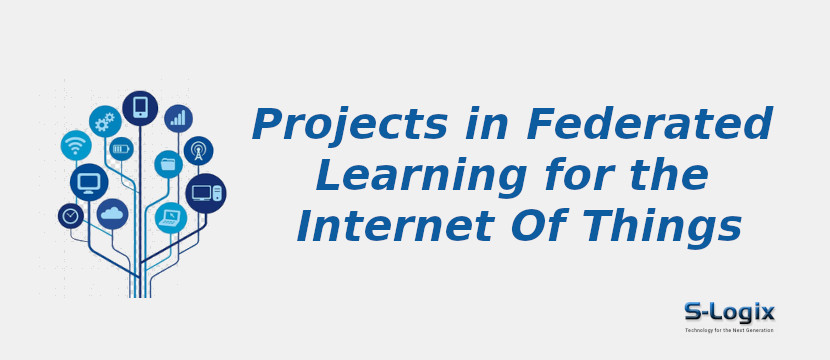Project Background:
The project in federated learning for the Internet of Things (IoT) revolves around addressing the challenges of deploying machine learning models in distributed IoT environments while preserving data privacy and minimizing communication overhead. IoT devices generate vast amounts of data at the network edge, but transmitting this data to a centralized server for model training poses bandwidth constraints, latency issues, and privacy concerns. Federated learning offers a promising solution by enabling model training directly on edge devices without transmitting raw data to a central server. This approach allows IoT devices to collaboratively learn from their local data while preserving user privacy and minimizing network traffic. This work uses federated learning to develop efficient and privacy-preserving machine learning models for various IoT applications, including predictive maintenance, anomaly detection, and smart home automation. By harnessing the power of federated learning, IoT systems can benefit from improved model accuracy, reduced latency, and enhanced privacy, paving the way for more intelligent and secure IoT deployments.
Problem Statement
- Transmitting IoT data to centralized servers for model training poses bandwidth constraints and latency issues.
- Centralized model training raises privacy concerns as it requires sharing raw IoT data.
- Federated learning addresses these challenges by enabling on-device model training without transmitting raw data.
- However, federated learning introduces complexities such as model aggregation and synchronization across distributed IoT devices.
- Balancing model accuracy and privacy preservation in federated learning for IoT applications remains challenging.
- Ensuring interoperability and efficiency of federated learning algorithms across diverse IoT device types and network conditions is crucial.
Aim and Objectives
- Develop federated learning techniques for efficient and privacy-preserving machine learning in IoT environments.
- Enable on-device model training to minimize communication overhead and latency.
- Preserve data privacy by training models directly on IoT devices without sharing raw data.
- Develop efficient federated learning algorithms for model aggregation and synchronization.
- Ensure interoperability and scalability across diverse IoT device types and network conditions.
- Improve model accuracy while maintaining privacy and minimizing resource consumption in IoT deployments.
Contributions to Federated Learning for the Internet Of Things
- Advancing privacy-preserving machine learning techniques by enabling on-device model training in IoT environments.
- Minimizing communication overhead and latency by conducting model training directly on IoT devices.
- Enhancing the scalability and efficiency of federated learning algorithms for distributed IoT deployments.
- Empowering edge devices to learn from local data while preserving user privacy collaboratively.
- Facilitating interoperability and compatibility across diverse IoT device types and network infrastructures.
- Driving innovation in IoT applications such as predictive maintenance, anomaly detection, and smart home automation through federated learning.
Deep Learning Algorithms for Federated Learning for the Internet of Things
- Federated Long Short-Term Memory (LSTM)
- Federated Convolutional Neural Networks (CNNs)
-
Federated Recurrent Neural Networks (RNNs)
-
Federated Autoencoders
-
Federated Variational Autoencoders (VAEs)
-
Federated Generative Adversarial Networks (GANs)
-
Federated Capsule Networks (CapsNets)
-
Federated Attention Mechanisms
-
Federated Transformer-based Models
-
Federated Graph Neural Networks (GNNs)
Datasets for Federated Learning for the Internet of Things
- Federated EMNIST Dataset
-
Federated CIFAR-10 Dataset
-
Federated MNIST Dataset
-
Federated Fashion-MNIST Dataset
-
Federated SVHN (Street View House Numbers) Dataset
-
Federated Reddit Dataset
-
Federated Shakespeare Dataset
-
Federated Stack Overflow Dataset
-
Federated Synthetic Dataset
-
Federated MiniONN Dataset
Software Tools and Technologies
Operating System: Ubuntu 18.04 LTS 64bit / Windows 10
Development Tools: Anaconda3, Spyder 5.0, Jupyter Notebook
Language Version: Python 3.9
Python Libraries:
1.Python ML Libraries:
- Scikit-Learn
- Numpy
- Pandas
- Matplotlib
- Seaborn
- Docker
- MLflow
2.Deep Learning Frameworks:
- Keras
- TensorFlow
- PyTorch
